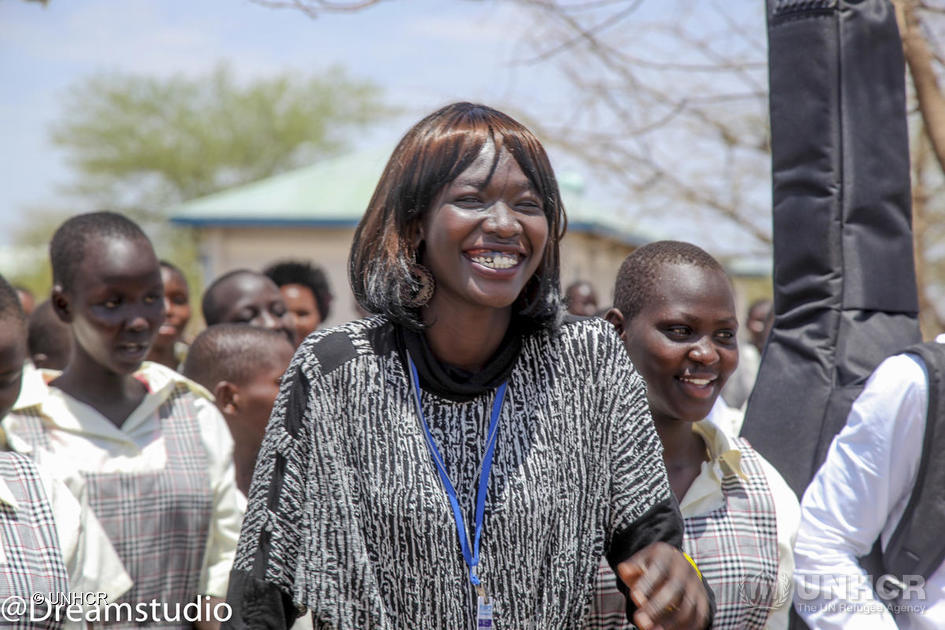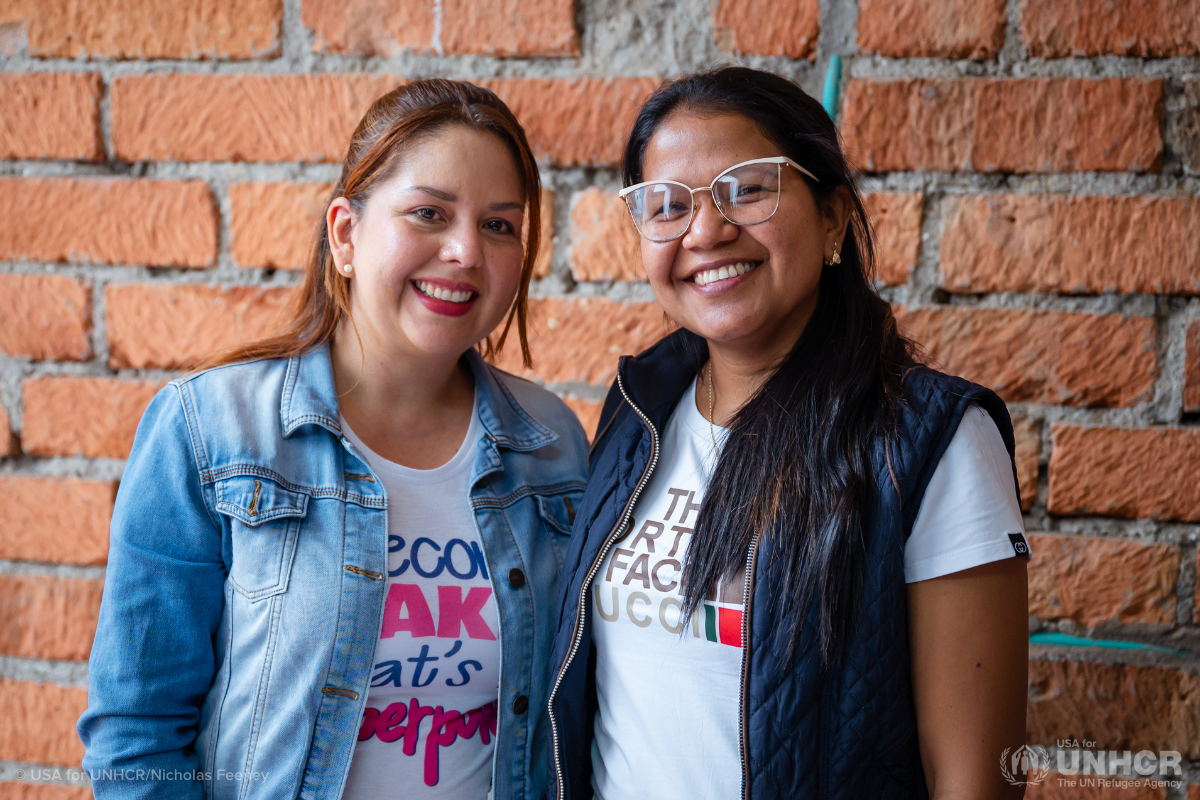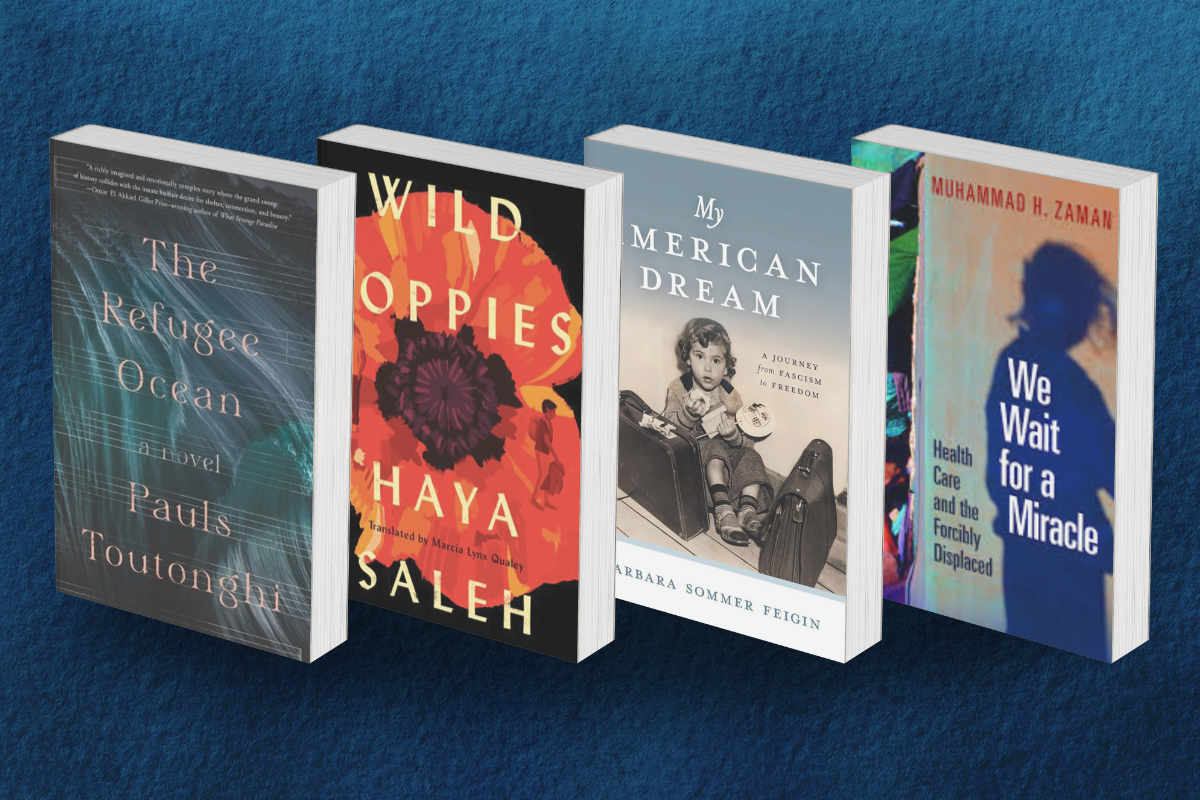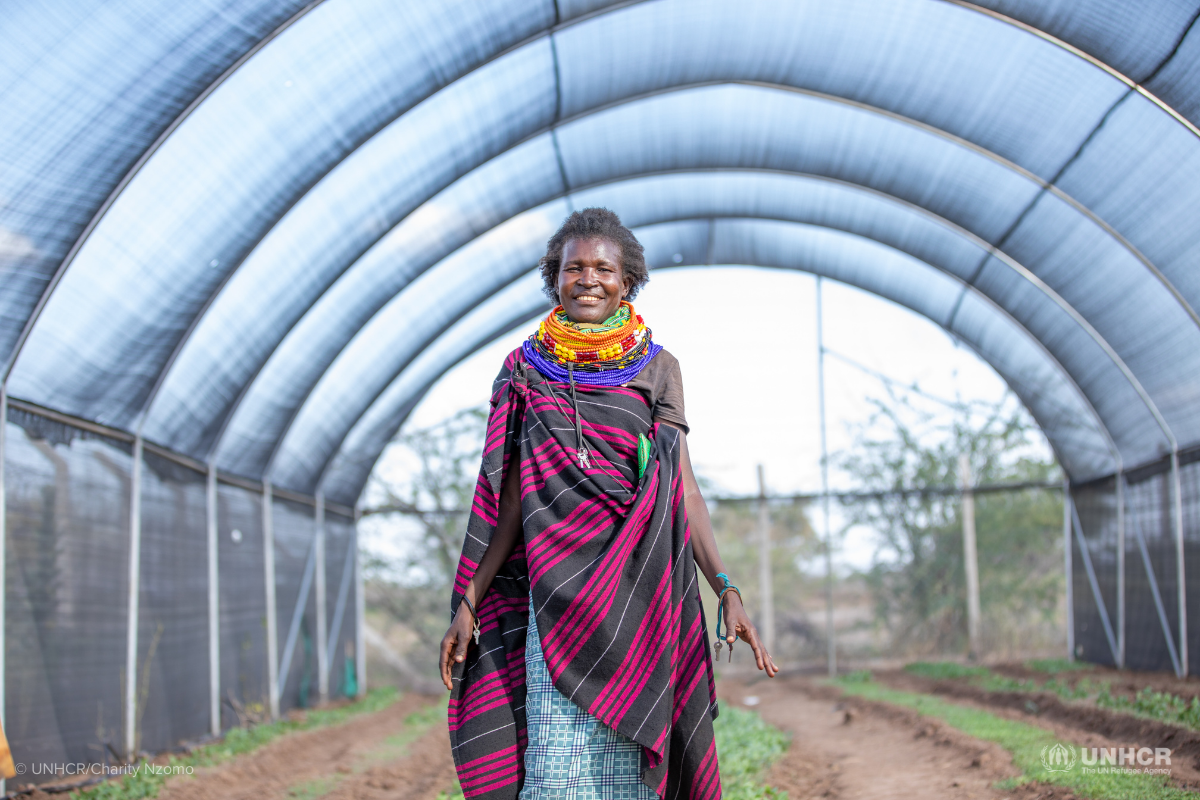Opinion: How I never gave up on education, my first husband
For nearly two decades, Mary Maker lived in Kakuma refugee camp in Kenya after fleeing her home as a small child. Here she recalls how family tragedy, unpaid school fees, and a fear of failure nearly ended her chances of an education – and how a refusal to give up ultimately won the day...

It was a walk of shame.
The shame would start when the school principal came into the classroom and read out a list of names – not of students who had not done their homework, or who were wearing an illegal item of uniform. But of students whose parents had not paid the fees.
My father cared passionately about my education. “Education is your first husband,” he would tell me. “Never let a man tell you how to live your life.”
It mattered to him so much that he enrolled me in a boarding school outside Kakuma, the refugee camp in Kenya where I grew up. But my father passed away long before I finished my secondary education, and although his friends chipped in to meet the costs, their support was erratic.
And so I was constantly on the principal’s list, and I got used to walking the walk of shame.
My fellow “non-payees” and I would be paraded out of the classroom and into the school grounds, and unless we had a good explanation, we would be sent home for the rest of that half-semester. For me, being stuck at home was torture, so I’d sneak off out of sight and get back into the classroom by climbing in through the window.
Having 60 or 70 other students in the room made it easier to hide, but unfortunately, I am quite tall, which made me stick out. (If they spotted me, some of the more unpleasant teachers would order me to the front and make me do punishment exercises in front of the class.)
I minded the walk of shame much less than I minded being sent home. But the constant disruption to my education set me up for failure, and I did not graduate with the grades I needed to get into university. The four years I spent struggling to rectify that – walking from one school to another, begging headteachers to let me in so I could retake the exams – were four of the longest, hardest years of my life.
You have no idea how slowly and wearily time passes when your future has been put on hold. For politicians and policymakers, four years is nothing – it’s time for meetings and white papers, time to build consensus, forge alliances, find funding.
For someone desperate to take the next step in their education, it’s time in agonizing limbo, time spent in a state of not knowing.
It is true that I have a good news story at the end of this long wait. In 2018 I successfully applied for a two-year study program in Rwanda, with the possibility of a scholarship to a US university at the end of it – if I got good enough grades. If I didn’t, I’d be back to square one, and it was this fear of failure, and the consequences of failure, that drove me on. From Kakuma refugee camp – my home for nearly two decades – to Rwanda, to Minnesota, where I am studying today after winning a place at St Olaf College in 2019.
"You have no idea how slowly and wearily time passes when your future has been put on hold.”
But the number of opportunities available to refugee students in my position is minuscule compared to the number who are hungry to go to school and university. Most of the friends with whom I graduated from high school are still waiting for their chance.
In my own small way, I am trying to even up the odds. Three of us who made it to US universities, along with our former teacher, have set up Elimisha Kakuma, a program to give high-school graduates in Kakuma intensive academic instruction, exam preparation, mentoring with current college students and guidance through the often arcane process of applying for a university place. Given the time difference, it means a lot of late nights for us, but since our first cohort of 12 students have all succeeded in winning places, it is definitely worth it.
Yet when you consider how much demand there is, it is only a drop in the ocean. There are 27 primary schools and nine secondary schools serving a population of more than 230,000 people in Kakuma and Kalobeyei. The facilities for science subjects are often poor or non-existent, and yet come exam time, these budding scientists are competing with other Kenyan students who learn in national schools with better resources.
In my rooms in Minnesota, I think right back to my time in primary school in Kakuma. As a young child, I had walked to the camp from the territory of what would become South Sudan with my mother and sisters to flee the war. When we arrived, I remember listening in wonder to the peace and the silence – no more planes dropping bombs, no more panicking, no more need to hurl ourselves into our makeshift bomb shelters. Instead, there came the sounds of singing, playing games, learning new things and making new friends…
Today, that little girl is studying in a liberal arts college in America, trying both to make her own way in life and to pull other refugees up the ladder with her. Without school, without teachers, without funding, without scholarships, I would have remained without hope. But I like to think that I have shown what a refugee child can accomplish if given the chance – the same chance that millions of non-refugee children get as a matter of course.
Mary Maker is a UNHCR High-Profile Supporter and co-founder of the Elimisha Kakuma educational project for refugee students. For more on the program, including details of how to support, see www.elimishakakuma.org
Originally published by UNHCR in the 2022 Education Report.


